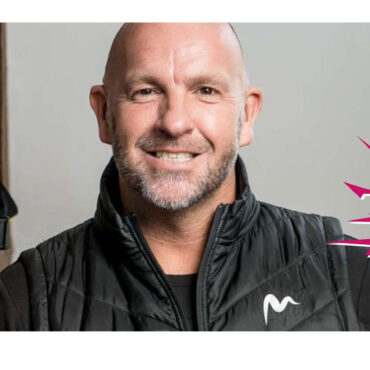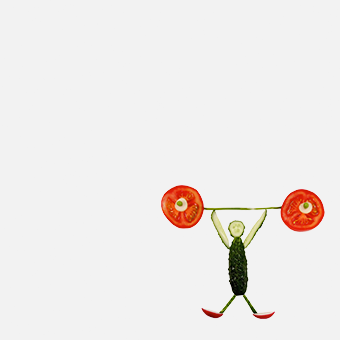Ice skating
Ice skating is the act of moving on ice by using ice skates. Ice skating occurs both on specially prepared ice surfaces (arenas, tracks, parks), both indoors and outdoors, as well as on naturally occurring bodies of frozen water, such as ponds, lakes and rivers.
Originally, ice-skates glided on top of the ice, but today’s steel blade cuts into the ice. It includes figures skating, ice dancing, ice hockey and speed skating. Although for most of us it is a fun way to spend a chilly winter day, a chance to get moving and enjoy being outside.
So whether you’re a budding Torvill or Dean or a nervous beginner, the Christmas outdoor ice rinks that appear all over the country are some of the most magical locations. Find your nearest rink and give it a go.
Fun fact: Ice skating was popular 1000 years ago in China
Skiing
Skiing allows you to glide on top of the snow, and has been enjoyed for many hundreds of years all over the World. The main types are:
Alpine or downhill
Usually taking place at a ski resort. The skis have fixed heel bindings that attach at the toe and heel of your boot. This makes it hard to walk so there will usually be chair lifts and ski lifts to get you to the top of the slopes. You will need to be dressed warmly, so check out the range of comfortable and practical ski suits.
Nordic
This includes cross country skiing and ski jumping, and here the binding attaches at the toes of the boots but not on the heels. It doesn’t depend on slopes and mountains and can be practiced in many open areas of countryside.
Skiing tends to be quite easy to pick up as both legs move independently and you travel with your body facing the same way as your feet. You also have two ski poles which are useful for keeping you upright and helping you navigate bumpy terrain.
Fun fact: The word “ski” comes from the old Norwegian word “skíð” which means split piece of wood.
Snow boarding
Snowboarding was developed in the US in the 1960s, and became an Olympic sport in 1998. It is a combination of skate boarding and skiing, the main difference being that you face sideways as the board goes down the slope – using similar techniques to water surfing.
It has developed its own styles: freeriding, jibbing and freestyle, and more importantly its own clothing style. Having both feet attached to a single board can be unsettling at first and takes some getting used to. Snowboard bindings are not designed to release automatically in a fall, so watch out!
Fun fact: Snowboarding has its own subculture and even its own language – dude, gnarly and shredding the gnar are all common snowboarding lingo.
Nordic walking – not just a winter sport, but definitely inspired by winter sports!
Nordic Walking is a specific fitness technique and is not to be confused with trekking, hill walking or trail running. You carry two poles which are planted behind you in order to propel you along. This engages the upper body and makes you feel lighter on your feet, which has three major advantages:
- You use 90% of your major muscles, so your upper body gets toned as well as your legs and backside!
- You can burn 20–40% extra calories by using the poles – this can really help with weight loss.
- It takes the pressure off your knees and joints and is great for back and neck problems.
Nordic Walking is the fastest growing fitness activity in the world and is used by individuals, personal trainers, health clubs, physiotherapists, doctors and health promoters because it is highly effective, affordable and FUN! It is suitable for people of all ages and fitness levels to gain fitness, tone up, lose weight and improve their health.
However, to gain the maximum benefits from Nordic Walking it is essential that you learn the correct technique from a qualified Nordic Walking instructor.
Fun fact: Studies have shown that Nordic walkers have 23% higher oxygen uptake, 22% higher caloric expenditure, and a 16% increase in heart rate compared to the non-pole walkers.
Prepare yourself properly
As with all types of exercise, you must prepare your body. Using different muscles from your everyday life, makes it easy to pick up aches and strains. Winter holidays often mean you enjoying your sport for more than six hours a day, so be sensible, pace yourself and stop when you are feeling tired.
Useful facts:
- Skiing tends to be harder on your knees as your feet are working independently of each other, and you are more vulnerable to twisting motions
- The risk of wrist, shoulder and ankle injuries is higher for snowboarders.
- Calves, shins and knees will ache after skiing but muscles you didn’t even know you had will ache after snowboarding, especially if it’s your first time.
- The injury rate for snowboarding is about double that for alpine skiing, mainly amongst beginners
It’s important to prepare before you hit the slopes, take a look at our pre-holiday workout guide.


















